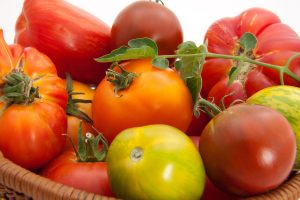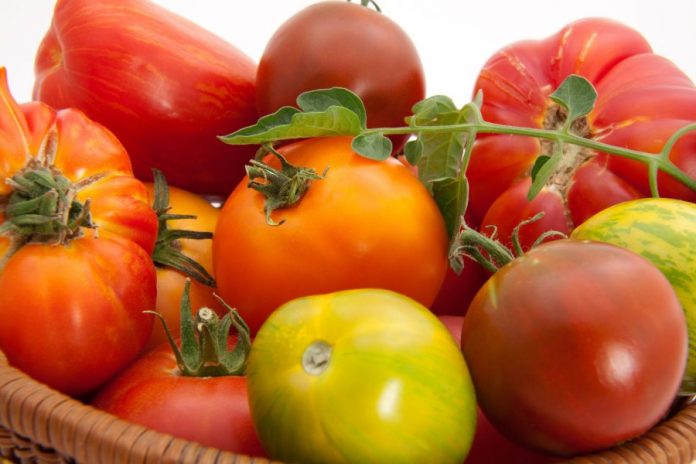
By Barbara Brown, Denton County Master Gardener Association
Gardeners feel excitement in the air as the days begin to gradually lengthen and warm. They know that it is almost time to plant warm weather vegetables—tomatoes, peppers, beans, eggplant and more.
How can a gardener improve their chances of having a delicious garden harvest? The key to gardening success is to take care of the soil, choose the most-likely-to-succeed cultivars and plant at the right time.
Getting ready
The most important step to having a successful vegetable garden happens before you plant by making sure your soil provides essential plant nutrients. Vegetable garden soil should be a rich brown color and is easy to work even with your hands. To learn if your soil needs amendments, have it tested. The AgriLife Soil, Water and Forage Testing Laboratory (soiltesting.tamu.edu) offers a comprehensive soil evaluation service or you can choose an independent laboratory or self-testing tools. Then, follow the report’s recommendations.
Early March is also a good time to remove weeds or cover crops from your garden area and to integrate organic materials into the soil. Adding composted material improves moisture retention and provides vital plant nutrients. If using drip irrigation or soaker hoses, set those up and for large gardening areas, place walking paths to minimize soil compression near plant roots.
When to plant
Selecting the right time to plant often requires playing dodge ball with the fickle Texas weather. Too early and there is a good chance of a frost or freeze that will kill small seedlings. Too late and there is not enough time for produce to ripen before the onslaught of summer heat. Although garden centers may be offering warm-weather vegetable transplants as soon as March 1, that is too early to put warm-weather seedlings in the garden unless you have season extenders like frost cloth or a hoop house to protect them from cold temperatures.
For the record, March 18 is the average frost-free date for North Texas. That means there is still a 50% chance of having a cold weather event. By April 6, there is a 90% chance of no more frost or freezing temperatures.
Measuring soil temperature is one way to help decide if it is okay to plant warm-season vegetables. Warm season vegetable transplants prefer a soil temperature of around 60 degrees Fahrenheit taken over several days. Beans and squash, when planted from seed, prefer soil temperatures closer to 70 degrees. As an alternative to soil temperature testing, you can plant by date using the “Recommended Planting Dates for North Texas.” available online at: agrilifecdn.tamu.edu.
What variety to plant
Although it is wise to grow vegetables your family will eat, experimenting with a few new vegetables can be fun. Local nurseries and garden centers usually offer several options for each type of vegetable. Using this county-specific varietal selector from AgriLife (aggie-horticulture.tamu.edu/publications/veg_variety) helps make likely-to-succeed choices.
The favorite home garden vegetable of North Texas gardeners is tomatoes. Because there are so many types of tomato cultivars available, choosing the best two or three varieties can be daunting. In general, it is better to select tomatoes whose mature size is small to medium rather than choosing very large slicer tomatoes, such as Beefsteak.
Why is it so challenging to grow very large tomatoes in North Texas? The short answer is the potentially high temperatures in late May and June. The temperature effects a growth factor called days to maturity. Among tomato varieties this factor varies from 60 to 90 days. According to the Cornell University Extension Service, “The optimum temperature for ripening tomatoes is 70 to 75F. When temperatures exceed 85 to 90 degrees, the ripening process slows significantly or even stops.” Because small to medium-sized varieties usually mature more quickly than very large tomatoes, they are more likely to succeed in North Texas. If you want to grow a very large tomato variety, then try it. However, it is a good idea to include some smaller varieties to be sure you’ll have good, ripe tomatoes.
So, get ready, get set and go! You can do this and you will be glad you did!



















